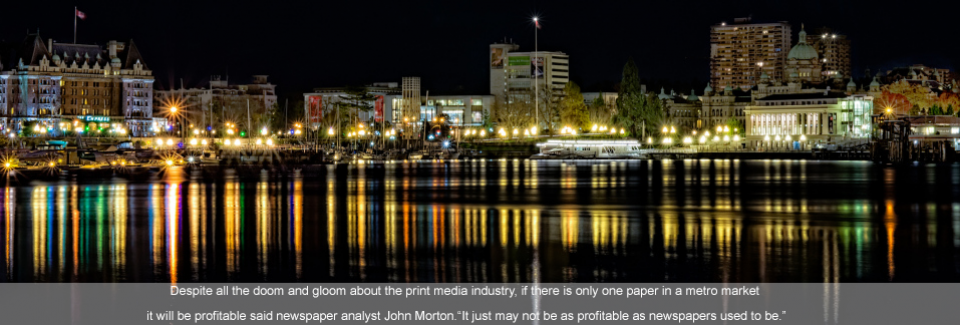John Shmuel, Financial Post · Thursday, Nov. 11, 2010
Source: financialpost.com
Newspapers will certainly survive well into the future, but that survival is going to rely on finding increasingly new and innovative ways to monetize their content — and not just putting up pay walls.
Finding a happy middle was the message that came through most strongly during the Media in Transformation conference held in Toronto Thursday which was hosted by the Audit Bureau of Circulation.
Paul Godfrey, chief executive of Postmedia Network Inc., which owns the National Post, and one of the event’s speakers, said right now all eyes are on newspapers such as The New York Times, which will put up its pay wall in January.
“You know, I think everyone is exploring pay walls. Everybody seems to be waiting to see what happens,” he said in an interview after his speech. “The fact is that that’s going to be one of the big questions.”
Keeping readers, and drawing in new ones after a pay wall goes up meanwhile elicited different opinions from a panel that sat down to debate whether readers should be paying for content at all.
One of the panelists, Andrew Madden, who is Google’s head of strategic partnerships, said newspapers risk bleeding off readership if they erect pay walls that make them invisible to search engines.
“You need to think strategically on how to use search engines and pay walls,” he said.
Mr. Godfrey stressed that innovation was an important facet in monetizing the content of newspapers.
He cited an example where a newspaper might have a restaurant review section, and allow other users to comment or submit their own reviews. In order to monetize the content, the newspaper could charge restaurant owners to post their own submissions about their business, or even post their menus.
“Restaurateurs don’t traditionally advertise in newspapers, it’s just too expensive for them,” he said. “But something like that gives them an opportunity to be able to use our platform.”
Mr. Godfrey also said it was crucial that the newspaper industry direct capital spending toward improving digital con-tent, rather than spending it on traditional technologies.
“We can’t be spending it on printing presses because, A, they’re very costly, and you can get a printing press that’s 20 years old and it’s still in great working condition,” he said. “But now printing presses have colour on every page for example, so you’re behind the times five years after you spend millions and millions of dollars.”
And whereas improving the traditional newspaper medium will likely only serve to impress current readers, Mr. Godfrey said increasing capital spending on digital content and delivery will help build an audience, since digital content can engage audiences in ways newspapers can’t.
Of course, funding digital content won’t matter unless people are willing to pay for it. The good news, however, is that most of the event’s speakers believed that readers are willing to pay for quality content.
“If you have exclusive content, niche content — people are drawn to that,” said Lynne Brennan, senior vice-president of circulation for Dow Jones & Company. “If you provide readers with something they want, they’re going to pay for it.”
